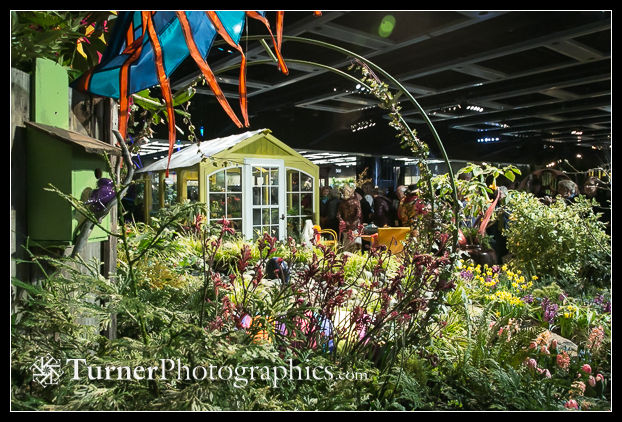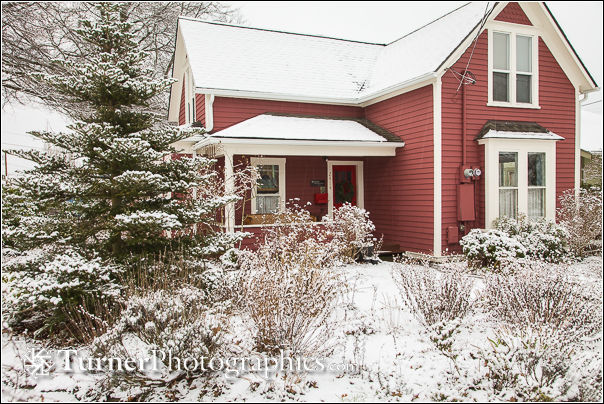Plant of the Month: Red Elderberry
![1105154 Red Elderberry fruit & foliage [Sambucus racemosa var. racemosa]. Deception Pass SP Rosario Beach, Anacortes, WA. © Mark Turner Red Elderberry fruit](/wp-content/uploads/2014/07/Turner_1105154.jpg)
I watched our native red elderberries go through their spring progression back in March and April. They’re one of the first shrubs to start unfurling their leaves, beginning in mid-March. Now that summer is here, they’re covered in bright red fruit. There are some big patches of elderberries beside I-5 where they’re easy to spot (and identify) even at 70 mph. Of course, they’re easier to learn at a more leisurely pace in your backyard or along a quiet trail.
Here in the Pacific Northwest we have two species of elderberry. More common on the west side of the Cascades is the red elderberry (Sambucus racemosa var. racemosa). It is native to much of North America, according to USDA Plants Database. The other is blue elderberry (Sambucus nigra ssp. cerulea), which grows throughout western North America. Both species of elderberry have similar cultivation requirements, as does another species found in eastern North America. Continue reading


![0305575 Pacific Ninebark blossoms & foliage detail [Physocarpus capitatus]. Columbia Gorge NSA Hwy 14 Clark-Skamania line, WA. © Mark Turner Pacific Ninebark blossoms & foliage](/wp-content/uploads/2014/06/Turner_0305575.jpg)
![0900630 Western Trillium blossom [Trillium ovatum]. Hi-Knoll Park, Surrey, BC. © Mark Turner Western Trillium blossom](/wp-content/uploads/2014/04/Turner_0900630.jpg)



![0314703 Deer Ferns in moss garden w/ Salal on decaying stumps bkgnd [Blechnum spicant; Gaultheria shallon]. Bloedel Reserve, Bainbridge Is., WA. © Mark Turner 0314703 Deer Ferns in moss garden w/ Salal on decaying stumps bkgnd [Blechnum spicant; Gaultheria shallon]. Bloedel Reserve, Bainbridge Is., WA. © Mark Turner](/wp-content/uploads/2013/12/DeerFern_Turner_0314703.jpg)
![1301836 California fuchsia blossoms & foliage [Epilobium canum (Zauschneria californicum)]. Natalie McClendon, Bellingham, WA. © Mark Turner California Fuchsia](/wp-content/uploads/2013/10/Turner_1301836.jpg)
![0604231 Goatsbeard foliage & male blossoms [Aruncus dioicus]. Squires L, WA. © Mark Turner Goatsbeard](/wp-content/uploads/2013/06/Aruncus_0604231.jpg)
![1300899 Highbush Cranberry w/ Redwood Sorrel groundcover, Sword Ferns, Vine Maple, Western Hemlock [Viburnum edule; Oxalis oregana; Polystichum munitum; Acer circinatum; Tsuga heterophylla]. Salal Chapter WNPS Display Garden, Mount Vernon, WA. © Mark Turner Woodland garden under overcast sky](/wp-content/uploads/2013/06/1300899.jpg)